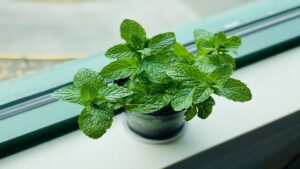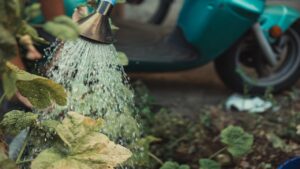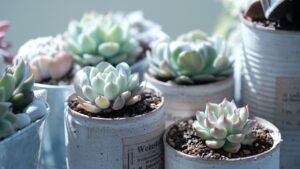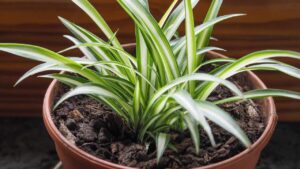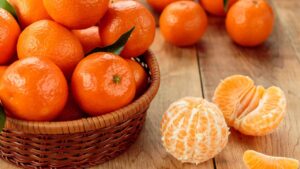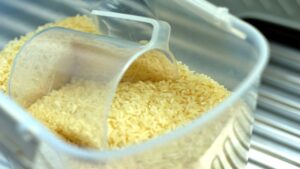How to Use Eggshells to Fertilize Your Plants
If you have a passion for gardening, you’re likely aware of the importance of proper care. People sometimes invest significant amounts in products from big companies for their gardening needs. However, the good news is that you can achieve great results without breaking the bank—eggshells provide a simple and effective solution!
Egg shells: when and how to use them to fertilize plants
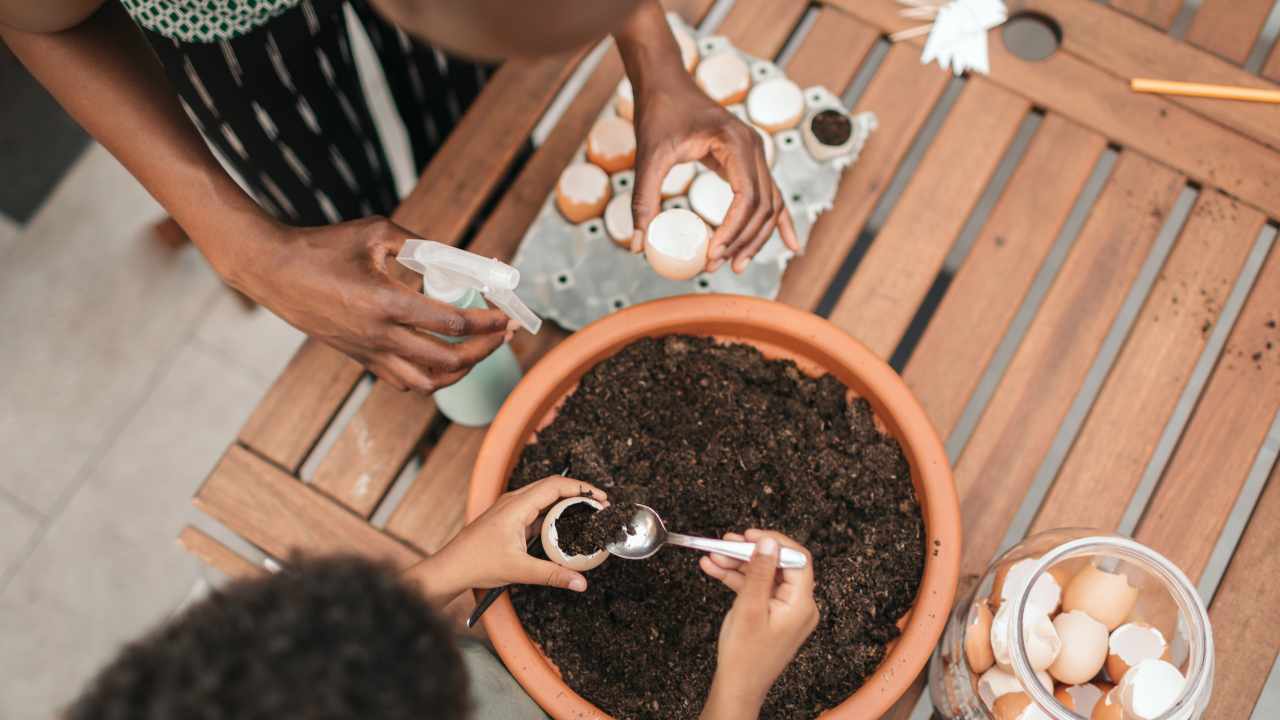
In shopping centers and specialized shops, you have almost infinite choices. Given the high demand for these items, companies keep introducing new products, often claiming they’re the best available. Initially, it’s easy to be swayed by these promises without critically evaluating the products. However, this can be a mistake. We’ll now clarify why.
Preparations often include chemical elements that can harm the ecosystem’s general health. Instead of supporting nature’s flourishing, you might inadvertently be causing harm to it. Sure, in your own small way, you could have some benefits, but is it worth risking the health of the planet?
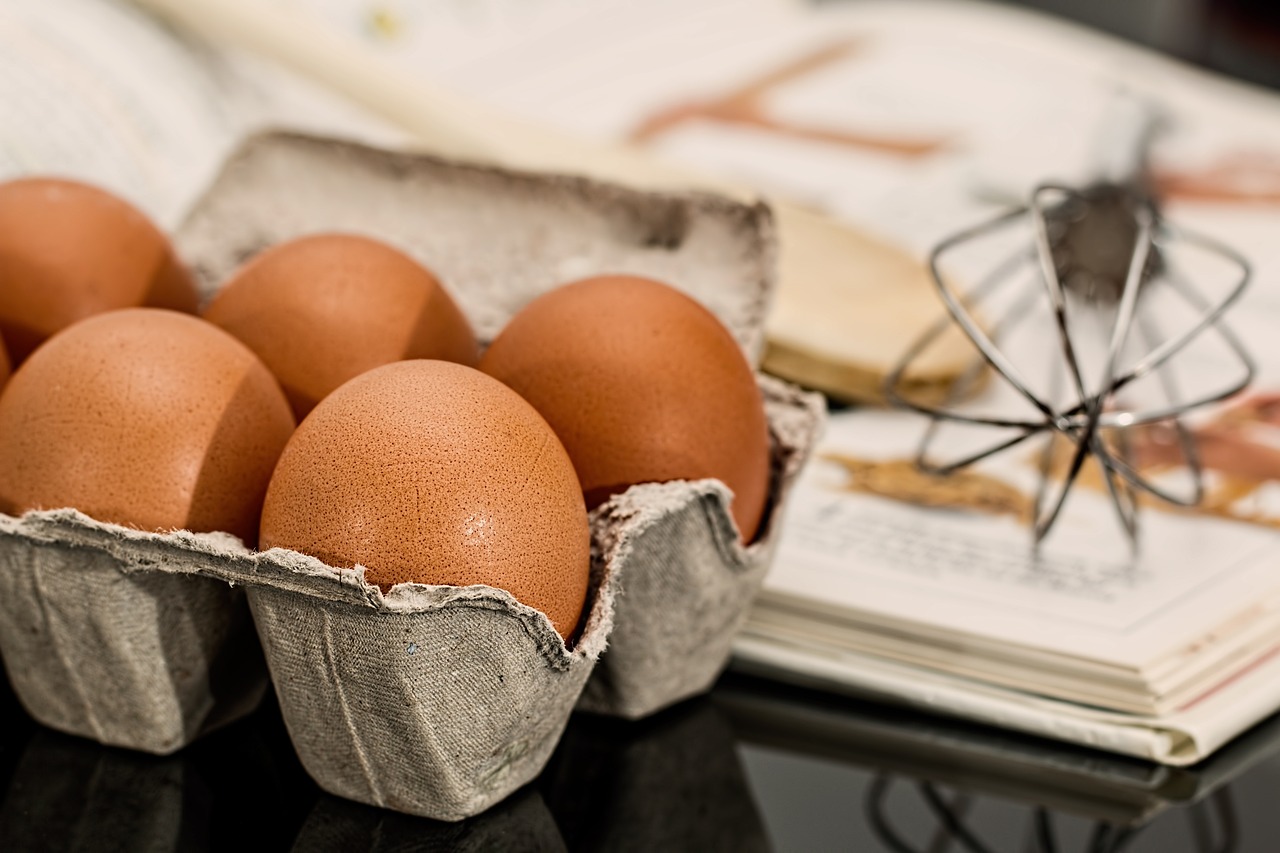
If you’ve overlooked expert advice, now is the perfect opportunity to make amends. Our advice is to turn to a simple and effective do-it-yourself (DIY) solution, which is readily accessible: eggshells, as mentioned earlier. Wondering how to implement this technique? Well, it’s actually quite simple.
Crush them roughly before placing them around your leaves or flowers in the soil. There’s no single answer, as the choice depends on the type of plants you’re growing. The same applies to the timing of fertilization: some species thrive with an early spring application, while others benefit more from late spring or early summer fertilization. Regardless of the timing, the valuable supply of magnesium, calcium, and potassium from the eggshells will prove to be immensely beneficial for your plants.
